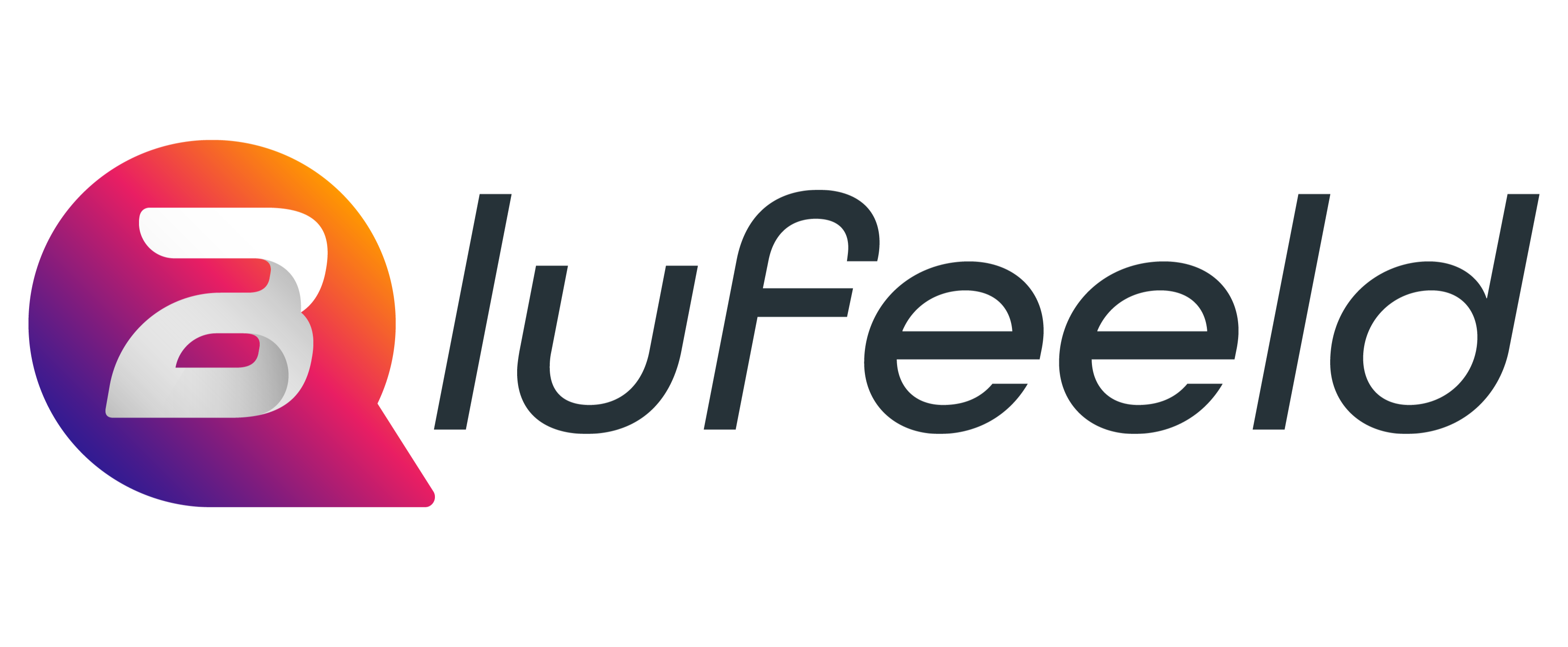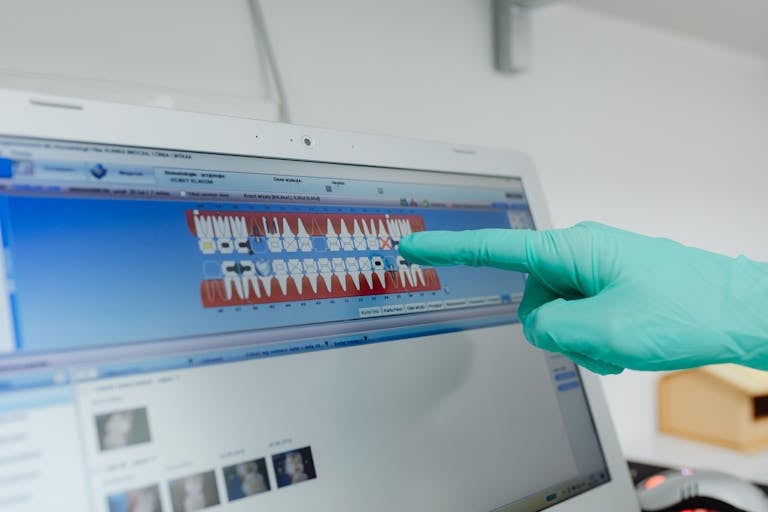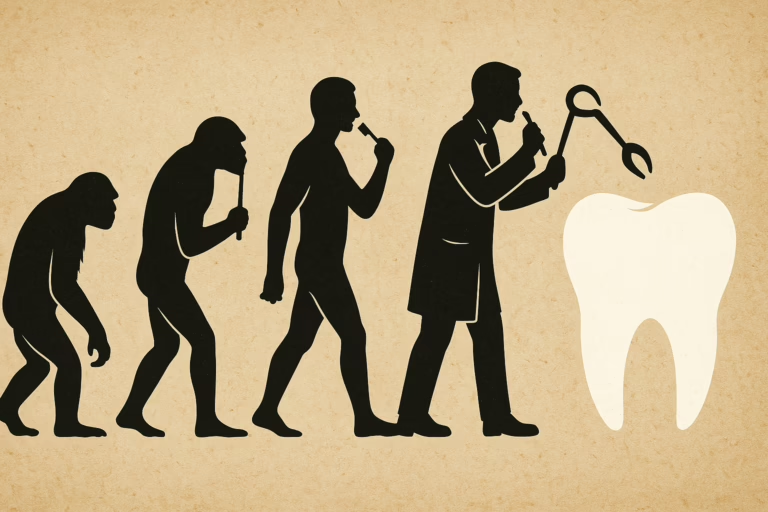Breaking the Pyramid: How Cross-Training and Rotating Schedules Are Transforming Dental Practices for Unbreakable Efficiency
Imagine this: It’s a bustling Wednesday in your dental office. Your star insurance coordinator calls in sick, and suddenly, the whole operation grinds to a halt. Claims pile up, patient questions go unanswered, and the front desk is scrambling like chickens in a coop. Chaos ensues, appointments get delayed, and that five-star Google review? Forget about it. If this nightmare sounds all too familiar, you’re not alone—it’s the curse of the traditional dental “pyramid” structure. But what if I told you there’s a way to shatter that pyramid and build a team that’s as resilient as a set of titanium implants?
In today’s fast-paced dental world, where staffing shortages are the norm (hello, Great Resignation!), clinging to outdated hierarchies is like using a flip phone in the age of smartphones. Enter dynamic team training—a game-changing approach that cross-trains your entire staff across all roles and throws in rotating schedules for good measure. Drawing from insights by organizations like the American Association of Dental Office Management (AADOM), Weave, Front Office Rocks, and MGE Management Experts, this method isn’t just innovative; it’s essential for creating unbreakable, efficient practices. Let’s dive in and see how it can revolutionize your office.
Unpacking the Pyramid’s Pitfalls: Why Dependency Kills Efficiency
First things first: Let’s dissect the beast. The classic dental office setup is a pyramid, with the dentist or owner perched at the top, followed by the office manager, insurance coordinator, and front desk staff at the base. It’s like a house of cards—one wobble, and the whole thing topples.
Research from AADOM reveals that this structure creates “single points of failure,” leading to 20-30% drops in productivity when key roles go vacant. Weave’s studies echo this, showing up to 15% declines in patient satisfaction due to disrupted workflows. Why? Bottlenecks galore! If your insurance guru is out, who handles the claims? The front desk? They’re already juggling phones and check-ins. This rigidity breeds inefficiencies, higher error rates (think denied claims or scheduling snafus), staff burnout, and even threats to your bottom line—Curve Dental’s data points to operational rigidity causing up to 10% more errors in billing alone.
And the real-world fallout? Patients feel it too. Delayed appointments and miscommunications erode trust, as noted in Weave’s reports on how poor operational flow leads to higher no-show rates. With staffing shortages hitting dentistry hard (MGE Management Experts cite turnover rates averaging 25%), sticking to the pyramid isn’t just risky—it’s unsustainable. It’s time to flatten the field.
The Core Innovation: Cross-Training for Versatile, Empowered Teams
Enter cross-training: the superhero cape your team didn’t know they needed. Instead of siloed roles, imagine every staff member equipped to handle multiple disciplines. Receptionists mastering insurance billing? Hygienists jumping in on scheduling? Yes, please!
Front Office Rocks backs this up with data showing cross-trained teams boosting productivity by up to 25%. It’s like turning your staff into a versatile sports team—players switch positions seamlessly, and the game never stops. MGE Management Experts highlight how this eliminates single points of failure, helping practices maintain production goals even during absences. Curve Dental’s research adds that cross-training streamlines workflows by 10-15%, reducing errors and improving patient care. And let’s not forget the morale boost: Weave reports 20% improvements in staff retention when teams feel empowered and valued, fostering better communication and a sense of ownership.
Implementing it? Start with structured programs. Host in-office workshops, leverage online courses from the DALE Foundation, or set up shadowing sessions. Align training with your practice’s needs—focus on high-impact areas like insurance and front desk ops first. Measure success through metrics like reduced error rates and team feedback surveys. The result? A team that’s not just skilled but adaptable, turning potential crises into “business as usual.”
Elevating Resilience: The Role of Rotating Schedules
Cross-training is powerful, but pair it with rotating schedules, and you’ve got a dynamic duo that makes your practice bulletproof. Picture this: Staff cycle through roles on a weekly or bi-weekly basis—front desk today, insurance tomorrow, maybe even assisting in clinical tasks if qualified. It’s not chaos; it’s controlled versatility.
MGE’s scheduling guides show how rotations prevent overload and promote work-life balance, while Curve Dental notes 15-20% fewer disruptions from unexpected absences. The magic? It builds empathy across the team (e.g., your hygienist now gets why insurance claims are so tricky) and ensures uninterrupted operations. Tools like Curve Dental or Dentrix can automate these schedules, making it easy to track and adjust.
Rolling it out practically? Start small with a pilot program—rotate two roles for a month and gather feedback in daily huddles, as recommended by Weave. Address any initial hiccups with clear guidelines, and watch as your team adapts. The payoff? Real-world resilience for sick days, vacations, or even scaling your practice during growth spurts.
Navigating Challenges and Measuring Impact
Of course, no revolution is without its bumps. Common hurdles include staff resistance (“But that’s not my job!”) or budget constraints for training. Front Office Rocks suggests countering this with open communication, mentorship programs, and cost-effective online resources. Turn skeptics into advocates by highlighting quick wins, like smoother days without overtime.
To measure impact, track key metrics: Aim for consistent production levels (no dips during absences), a 10% uplift in patient satisfaction scores, and lower turnover rates. Conduct quarterly reviews to tweak your system—it’s all about evolution. As AADOM emphasizes, this scalability means your practice can expand without the growing pains of traditional hierarchies.
A New Era of Empowered Dental Practices
In the end, dynamic team training isn’t about ditching hierarchy for anarchy—it’s about dismantling the pyramid to create a flat, resilient structure where everyone thrives. By cross-training across disciplines and implementing rotating schedules, you’re eliminating single points of failure, boosting efficiency, and building a collaborative culture that’s patient-centered and future-proof.
As AADOM and Curve Dental point out, this approach is the future of dentistry, delivering dividends in retention, profitability, and peace of mind. So, why wait for the next staffing crisis? Assess your team’s current setup, sketch out a training plan, and take the leap. Your practice—and your patients—will thank you.
Ready to revolutionize? Comment below with your biggest pyramid pitfalls, or reach out for tailored advice. Let’s build unbreakable teams together!








